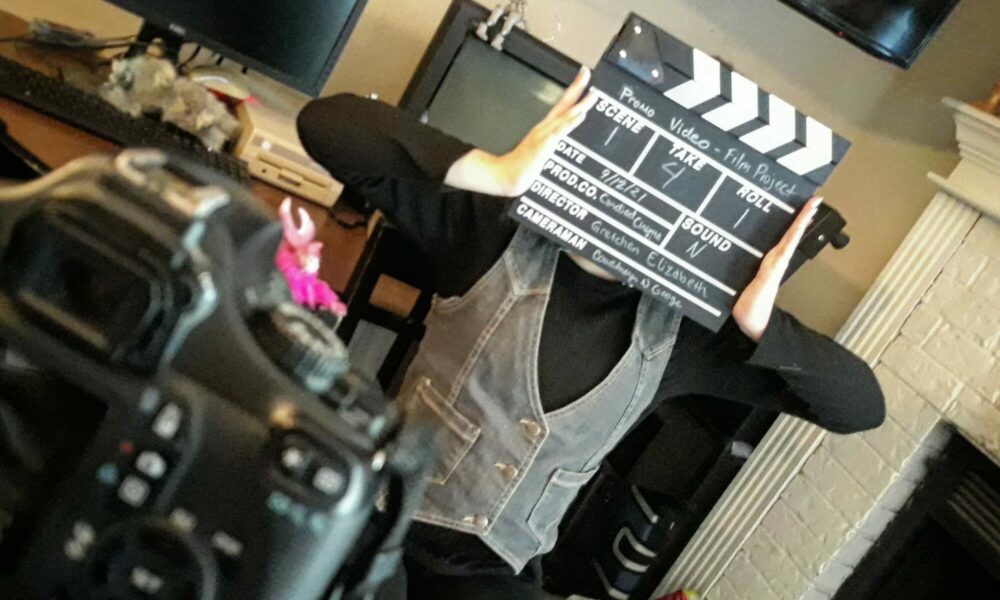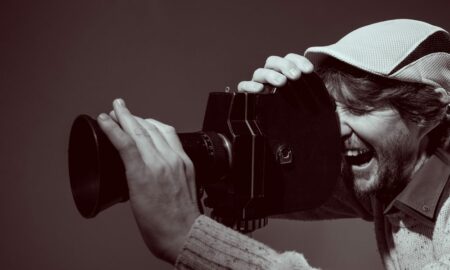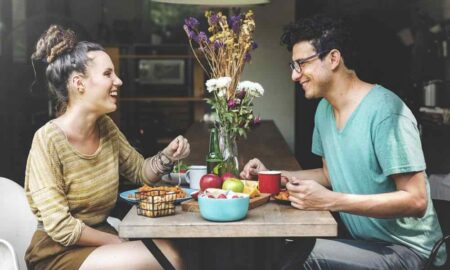

Today we’d like to introduce you to Gretchen Googe.
Hi Gretchen, we’re thrilled to have a chance to learn your story today. So, before we get into specifics, maybe you can briefly walk us through how you got to where you are today?
Ever since fourth grade I have been interested in creating stop motion animations. It all started when I bought a Minecraft animation kit from the store. After a while, I started creating my own characters and wanted to feature them in my animations; so, I experimented with wire and non-dry clay. The result was soft melting models that could barely stand up. Disaster struck when I soon learned the modeling clay, I was using… separates. I had to find a new method of creating the models. I remember watching the behind-the-scenes of Fantastic Mr. Fox and the puppets they used, wanting to make something similar. Another influence on my current style is Anya Boz’s room guardians. I saw one of her void art dolls at Ro2 Art Gallery a couple of years ago. It wasn’t until I got Instagram that I stumbled across BJDs (ball-jointed dolls). I attempted to make one using the information I found online and the tips given by a fellow doll maker. The end result was not that great. Later, while watching YouTube, I found a tutorial by Kaypea Creations on how to make dolls in a different way. Instead of being held together by ball joints and elastic, they were made with wire, quilt batting, and faux fur. With this newfound knowledge, I set off to make Dragon, a dragonfruit-themed shark-fox. The end result this time was much more aesthetically pleasing and easier to animate than my modeling clay beginnings.
I’ve made many more dolls, and I plan on using a redesigned Dragon in my upcoming film, Paws in Greece. The film will document my first time traveling abroad to Crete with an unusual companion.
Can you talk to us a bit about the challenges and lessons you’ve learned along the way? Looking back would you say it’s been easy or smooth in retrospect?
The road was definitely not smooth. Other than the melting and separating modeling clay, I faced struggles with motivation, inspiration, and time management. Animation takes a long time and there are some technical difficulties with stop motion. When doing hand-drawn animation, if you want the character to jump or fly, you could draw them in mid-air and add smear frames to make the movement slower. With stop motion, it gets a bit tricky. The process involves taking a picture of the scene, repositioning, and taking another picture. In order to make the character jump or fly you would have to rig the character and clean it up in post-production. Animating can be quite frustrating, especially when you don’t own or know how to use the rigs. Sewing the dolls can also be mind-numbingly boring. With school starting up again it’s been really hard to find time to work on the dolls and animations. I usually have to wait until the weekend or cram time in after school’s out for the day.
Appreciate you sharing that. What else should we know about what you do?
In 2019 I finished my stop-motion documentary, Chambered, and submitted it to The Lone Star Film Fest… and it got accepted! The film was about an endangered cephalopod called the Chambered Nautilus.
I currently make art dolls and do super-short animated clips with them. I personally love being able to bring my handmade creations to life, and I’m proud of how much I’ve improved. Chambered featured “beginner-level” clay characters and was animated at 8 frames per second. (The character’s movements were very choppy). Now I animate at 12 frames per second, meaning smoother movements, and my characters are much more durable and pleasing to look at. In the future, I hope to establish my own production company, Candied Cinema Productions and become a well-known film director. (Maybe take down Disney along the way? Why waste our time with mice when there can be colorful mythical creatures prancing around your screen, or even the big screen?)
What would you say have been one of the most important lessons you’ve learned?
The most important thing I’ve learned is to accept the unexpected. I can plan everything out, whether it’s a doll or an animation, and still end up with something different. It could be because a certain material didn’t work out quite as expected or I accidentally bumped the tripod while animating, I just have to accept it and find a way to make it work.
Contact Info:
- Email: candiedcinemaproductions@gmail.com
- Website: http://gofund.me/ad612f01
- Instagram: https://www.instagram.com/candied_cinema_productions/
- Youtube: https://www.youtube.com/channel/UCqXiI9qYfQrTqb2LQltqhEw
- Other: https://www.instagram.com/paws_in_greece/








Image Credits
Courtney Nicole Googe










